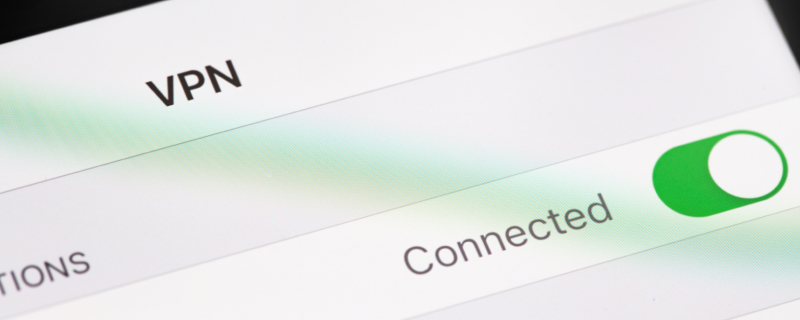We’ve all been there: typing in a URL, waiting with anticipation, only to be met with a loading icon or error message. Fortunately, there’s a solution for nearly every issue. This guide will break down the possible reasons and provide actionable steps to get you back on track.
Check Your Internet Connection
First and foremost, ensure your device has a stable connection.
- Verify Connection Status: Look for the WiFi or ethernet icon on your device.
- Restart Router/Modem: Often, power cycling these devices can resolve minor hitches.
- Test with Another Device: This helps you pinpoint if the issue is device-specific.
Try a Different Browser
Sometimes, the problem lies not with the website but with the browser.
- Switch Browsers: If you’re on Chrome, try Firefox or vice versa.
- Update Your Browser: An outdated browser might be incompatible with newer web designs.
Clear Cache and Cookies
Stored cache and cookies can sometimes cause website loading issues.
On Desktop Browsers
- Access browser settings.
- Navigate to ‘Privacy & Security’.
- Choose ‘Clear Browsing Data’ or a similar option.
On Mobile Browsers
- Go to browser settings.
- Tap on ‘Privacy’ or ‘History’.
- Opt for ‘Clear Browsing Data’.
Disable VPN or Proxy
While GnuVPN always aims for seamless browsing, occasionally VPNs or proxies can cause disruptions.
- Switch off VPN: Temporarily disconnect to check if it resolves the issue.
- Alter VPN Location: Sometimes, choosing another server can help.
Remember to reactivate your VPN for optimal security once you’re done troubleshooting!
Adjust DNS Settings
A Domain Name System (DNS) issue can prevent websites from loading.
- Switch to Public DNS: Consider using Google’s Public DNS (8.8.8.8 and 8.8.4.4) or Cloudflare’s (1.1.1.1).
- Flush DNS: On Windows, open Command Prompt and type ipconfig /flushdns. For Mac, use Terminal and input sudo killall -HUP mDNSResponder.
Ensure Correct Date and Time
It sounds simple, but an incorrect system date and time can cause SSL errors, preventing site access.
- Check System Settings: Ensure your device reflects the current date and time.
- Enable Automatic Settings: Let your device update date and time automatically.
Scan for Malware
Malicious software can hinder your browsing experience.
- Run a Full System Scan: Use a reputable antivirus software.
- Remove Identified Threats: Clean up any detected malware.
Wrapping Up
Next time you encounter a stubborn website that refuses to load, don’t fret. By methodically working through these steps, you can diagnose and often resolve the issue. Nevertheless, remember that some site outages are server-side, meaning they’re out of your control. In such cases, arm yourself with patience and try again later.





